From Godot’s tree…
Did you know the University of Reading is home to a surprising range of museums and collections? Find out more about some of the most fascinating items…
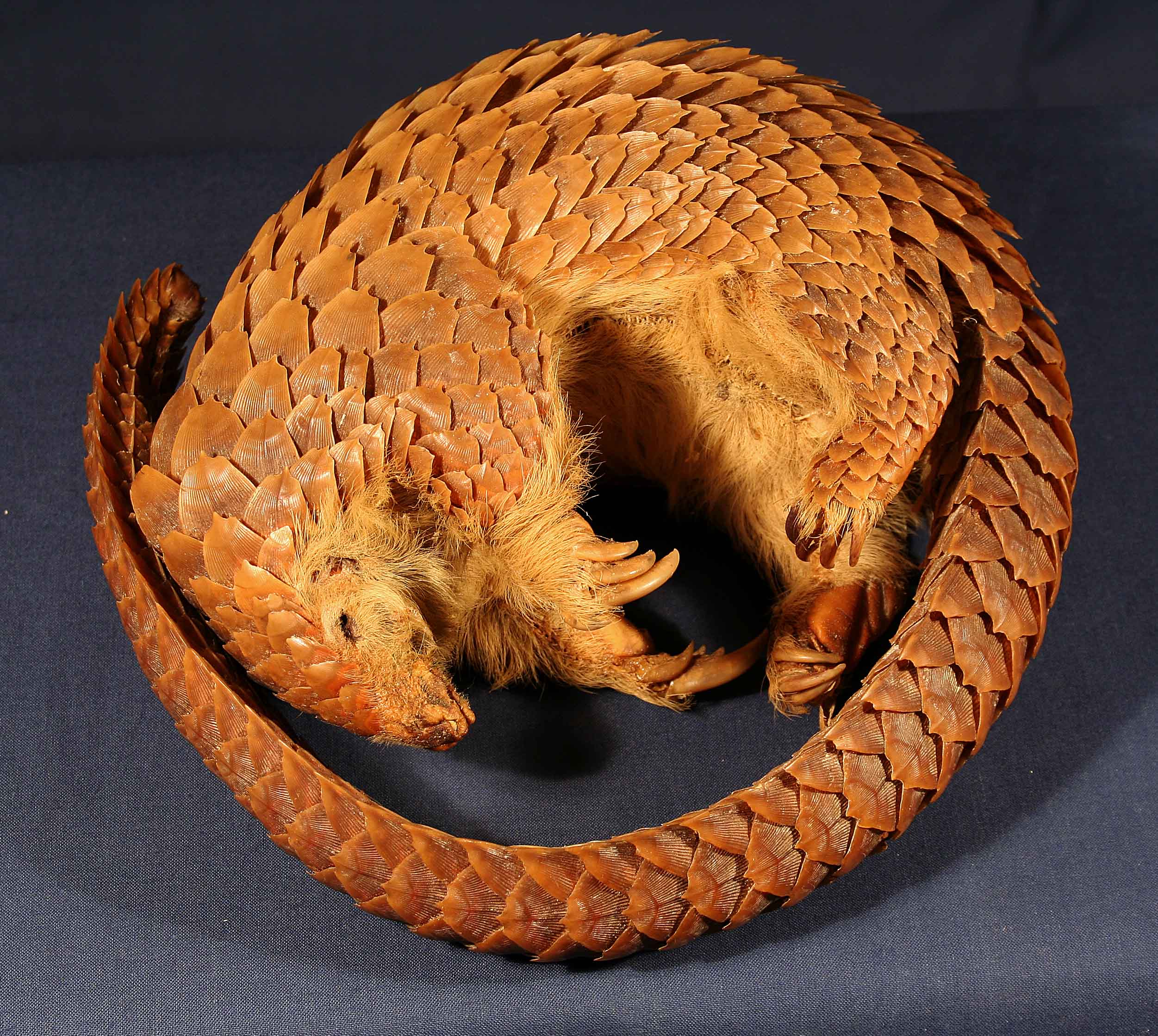
From scaled mammals…
Did you know that Pangolins are the only fully-scaled mammal?
They are covered in large, horny scales that grow out of their skin and overlap like roof tiles. Lacking teeth, they use their long tongues to feed on ants and yet their closest animal relatives are the toothsome carnivores which include cats, dogs and bears.
Credit line - Item: Cole 2394
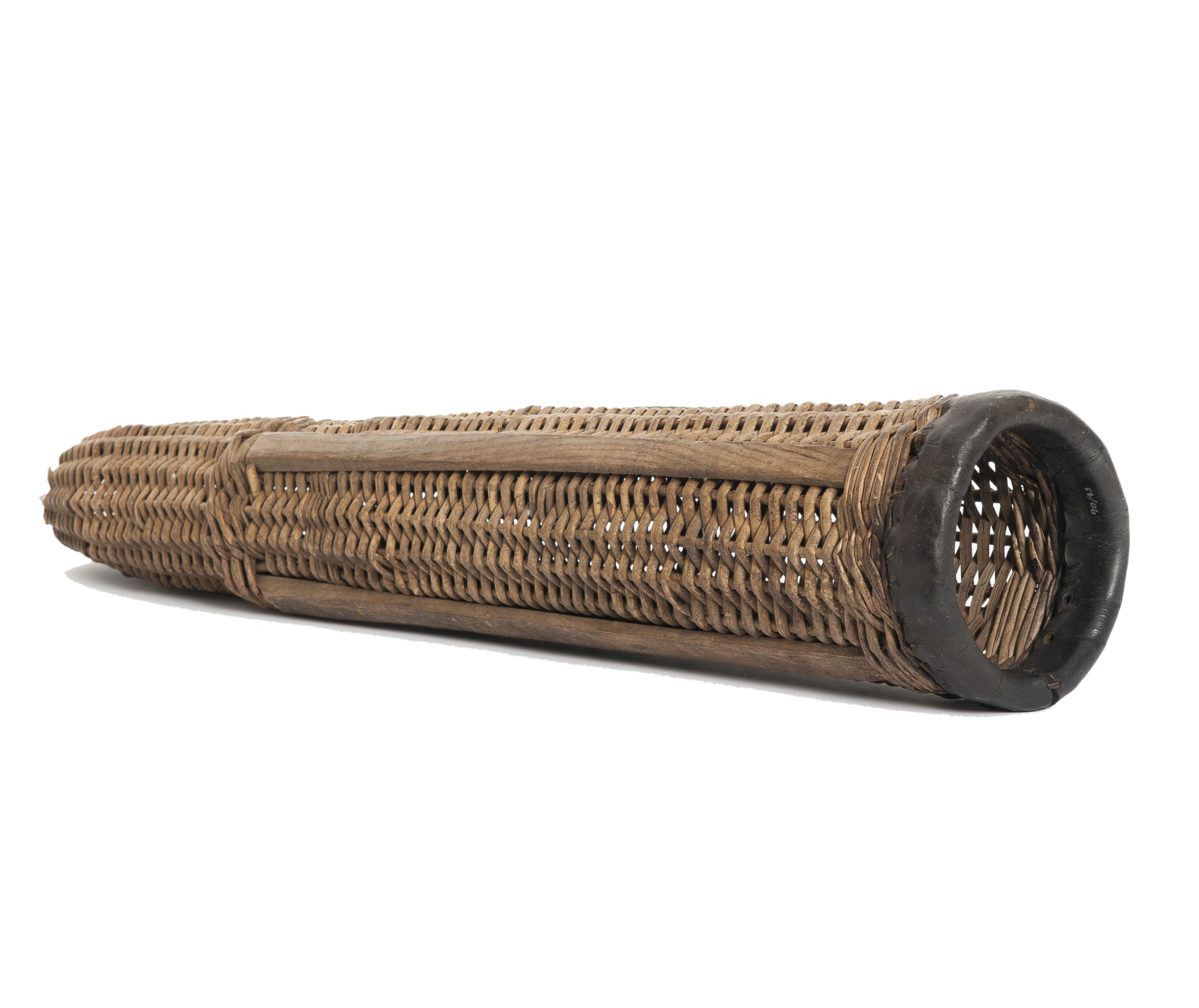
…to Shell baskets
Did you know basketmaking was a reserved occupation in World War Two?
Basketmakers made robust and lightweight containers used in wartime. Military shell baskets were designed to carry ammunition in World War One.
This one is in the collections at The Museum of English Rural Life.
Credit line - MERL Object [90/43]
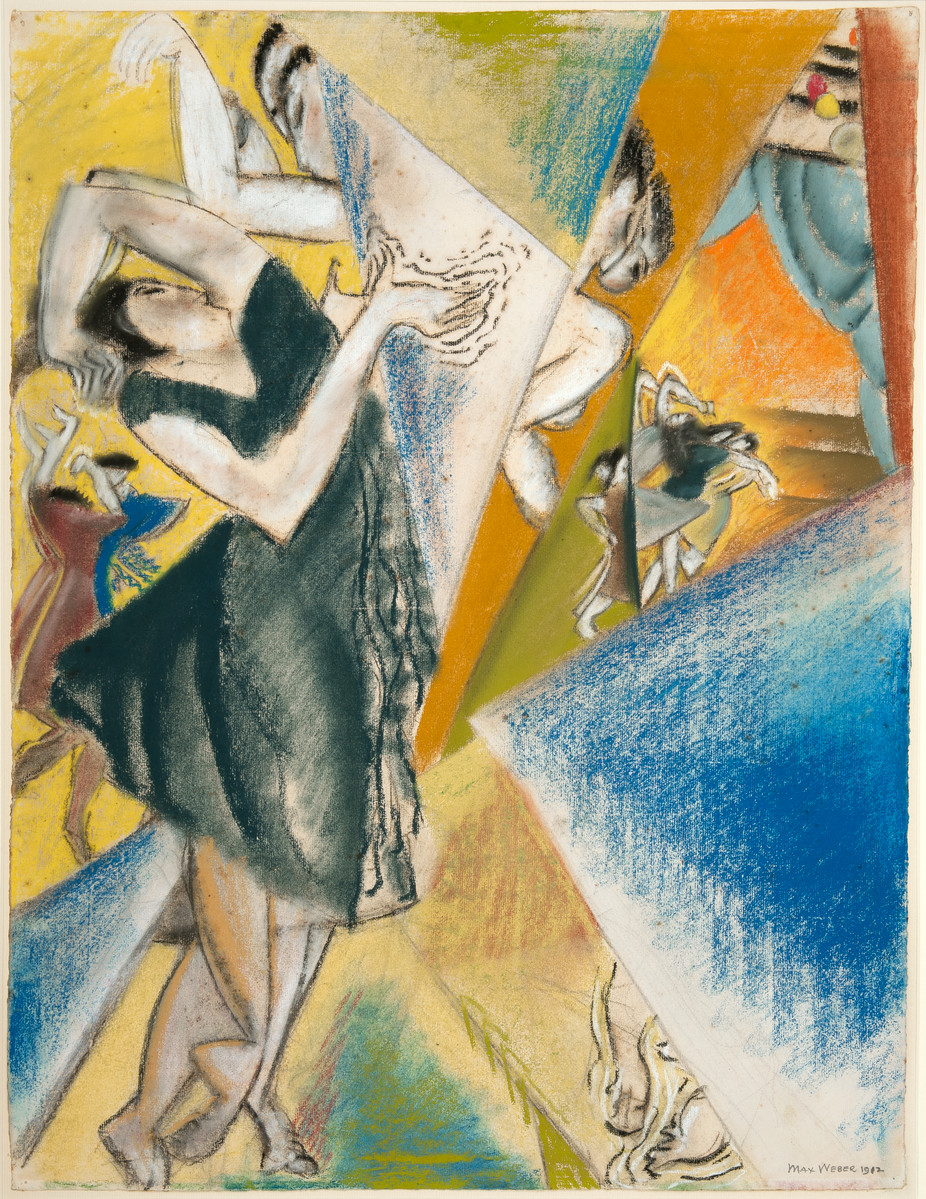
From Famous painters…
Did you know the University has the largest single public collection of work by the American cubist artist Max Weber (1881-1961) outside of the USA?
The University Art Collection holds 16 works by Weber, donated by his friend and champion, the photographer Alvin Langdon Coburn (1882-1966).
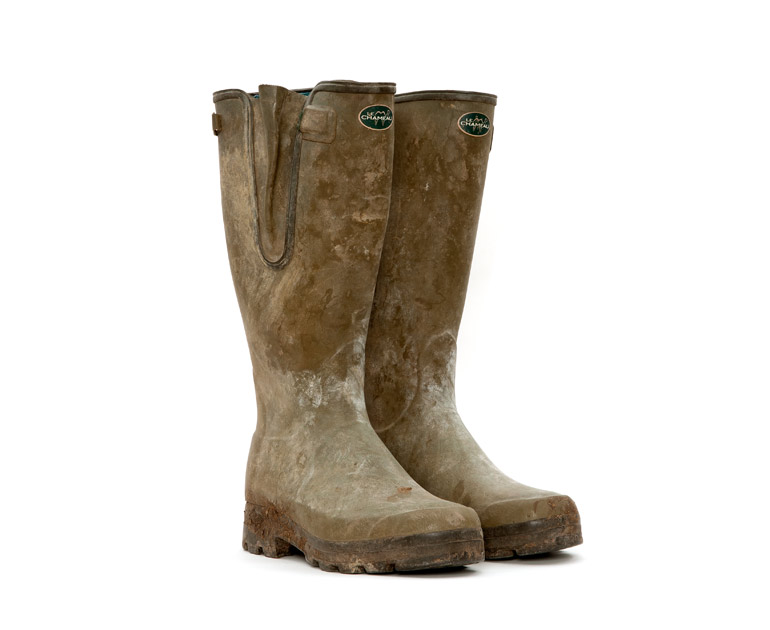
…to Legendary wellies
Did you know these modern boots were the first wellies the Museum acquired? They belonged to Michael Eavis, founder of Glastonbury Festival. Museums don’t get offered much workwear. When wellies leak or work clothes wear out, they are usually thrown away. (MERL 2014/18/1-2).
These, and other items are on display in the Town and Country gallery at The Museum of English Rural Life.
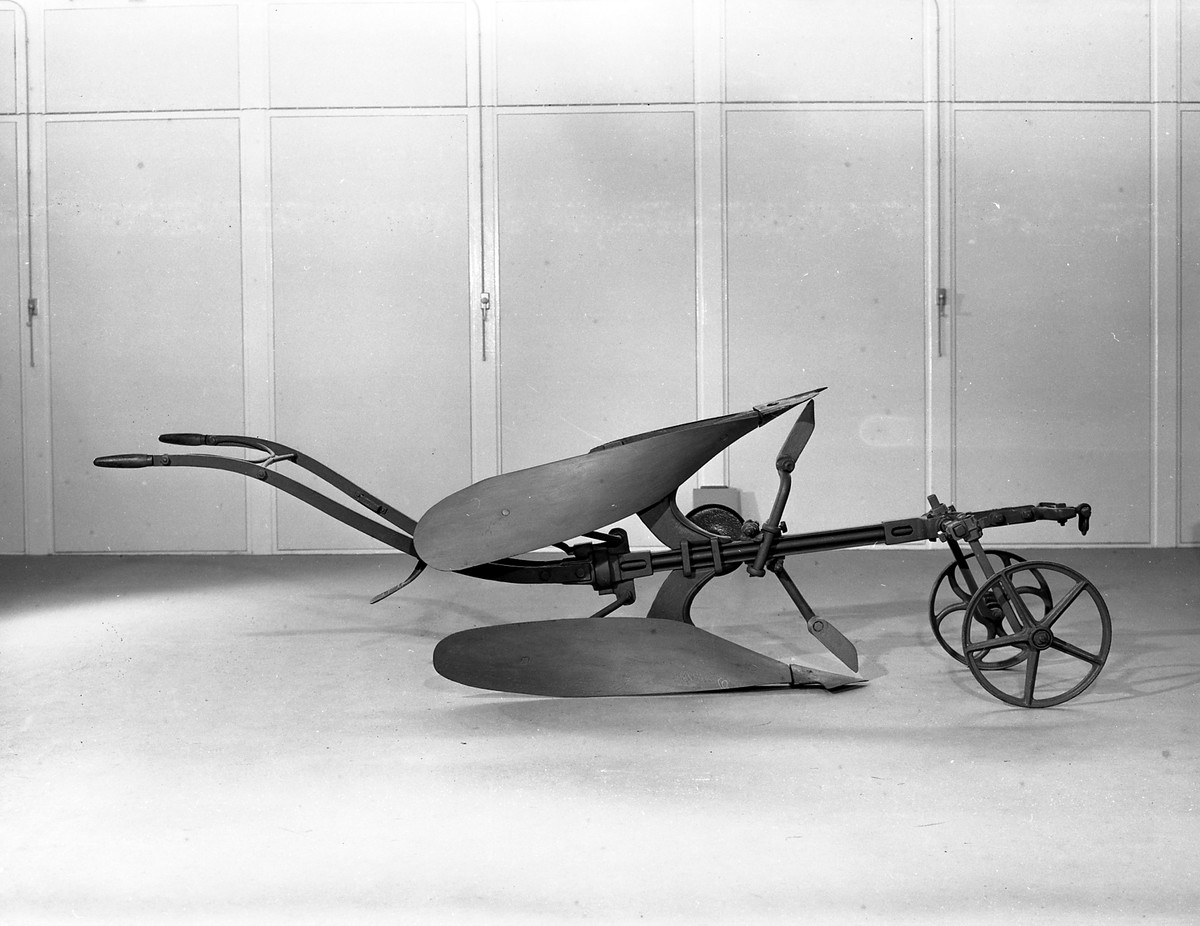
From inspired ploughs…
Did you know this butterfly plough can work in both directions?
One-way ploughs work the field in one direction and need large turning circles. This reversible plough has two plough bodies, to turn the soil to the left or the right.
Discover the story of ploughs in the ‘Digging Deeper’ gallery at the MERL.

…to illuminated manuscripts
Did you know our oldest archival document, whilst not strictly illuminated, is a 12th century charter from Henry II? This charter is to the Abbey of St. Sauveur-le-Vicomte, and was issued at Westminster sometime between 1155 and 1158.
We have several examples of medieval manuscripts in our collections, which includes a fine collection of illuminated manuscripts and Books of Hours.
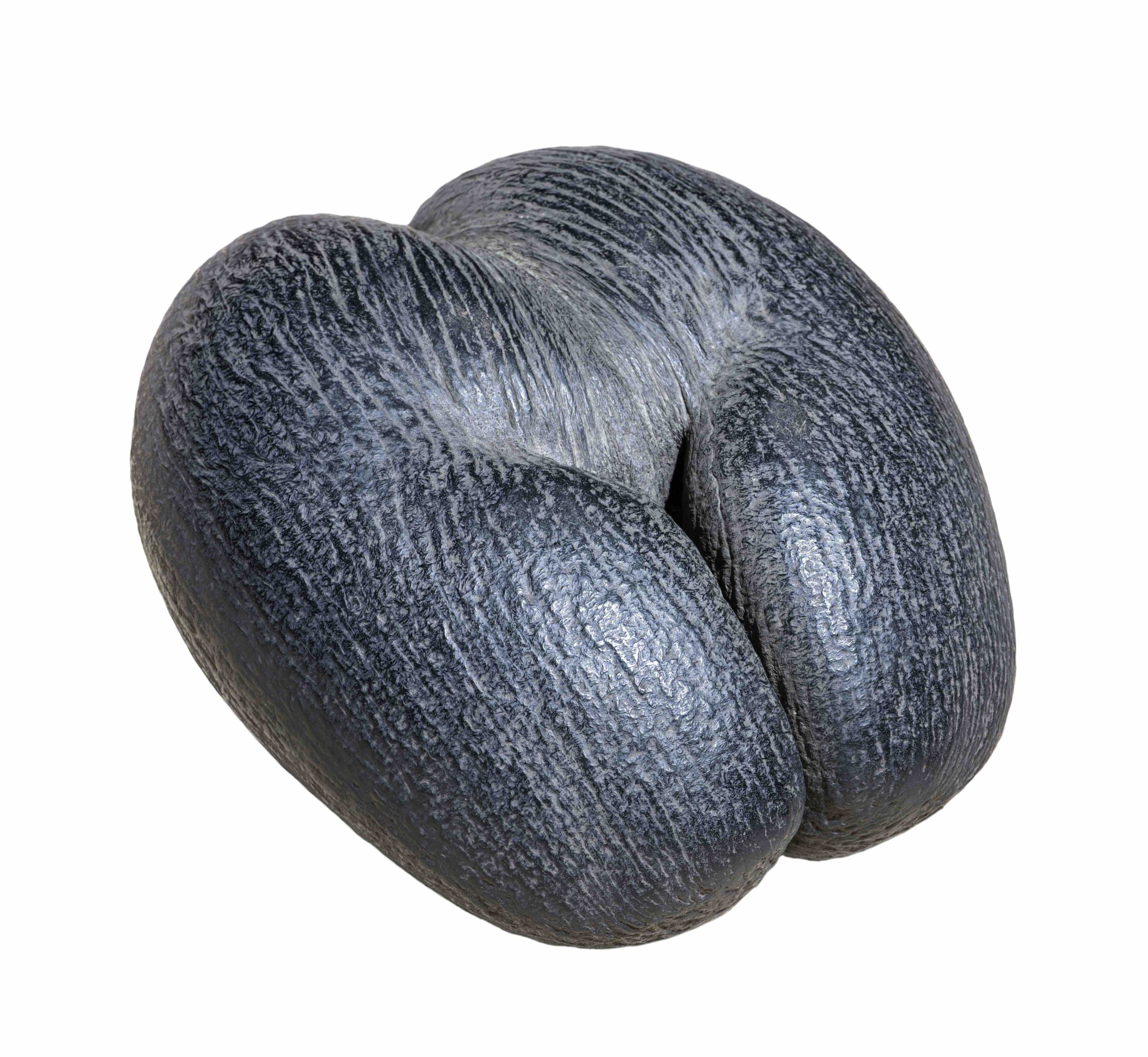
From the world’s biggest seed...
Did you know the The University of Reading’s Herbarium was presented with one of the rarest seeds in the world to add to its huge collection of plant specimens?
The mature fruit of the Coco de Mer palm (Lodoicea maldivica), which at 40-50cm in diameter and 15-30kg in weight, contains the largest seed in the plant kingdom. It was donated to the University’s Herbarium as a gift from ex-British Diplomat, Bob Jenner.
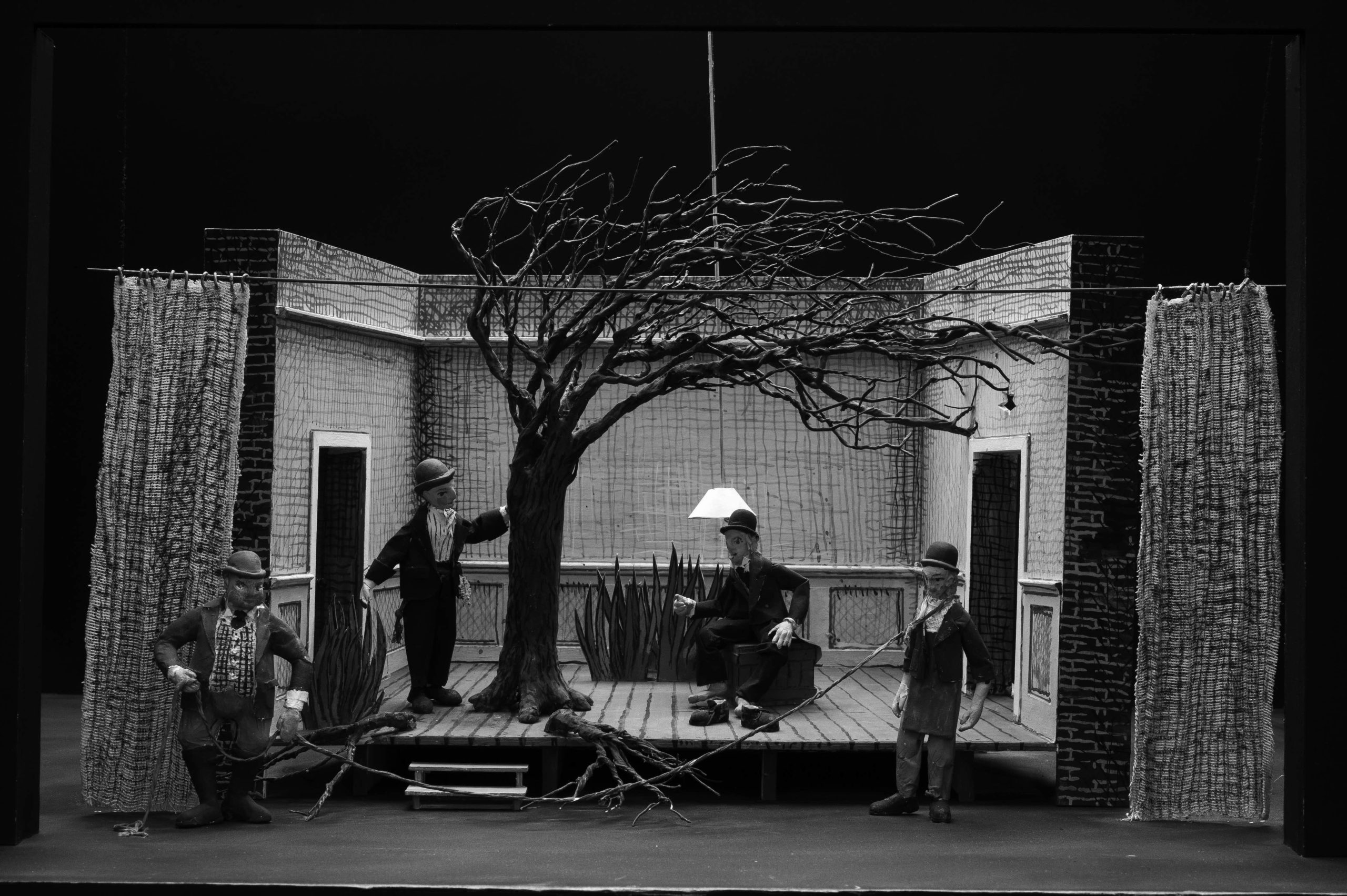
...to Godot’s tree
Did you know that the first English production of Waiting for Godot nearly toured with an indoor setting? Theatre designer, Peter Snow, produced a model of the set, which was dismissed by Beckett in favour of an exterior setting.
The University’s Special Collections are home to the Beckett archive.
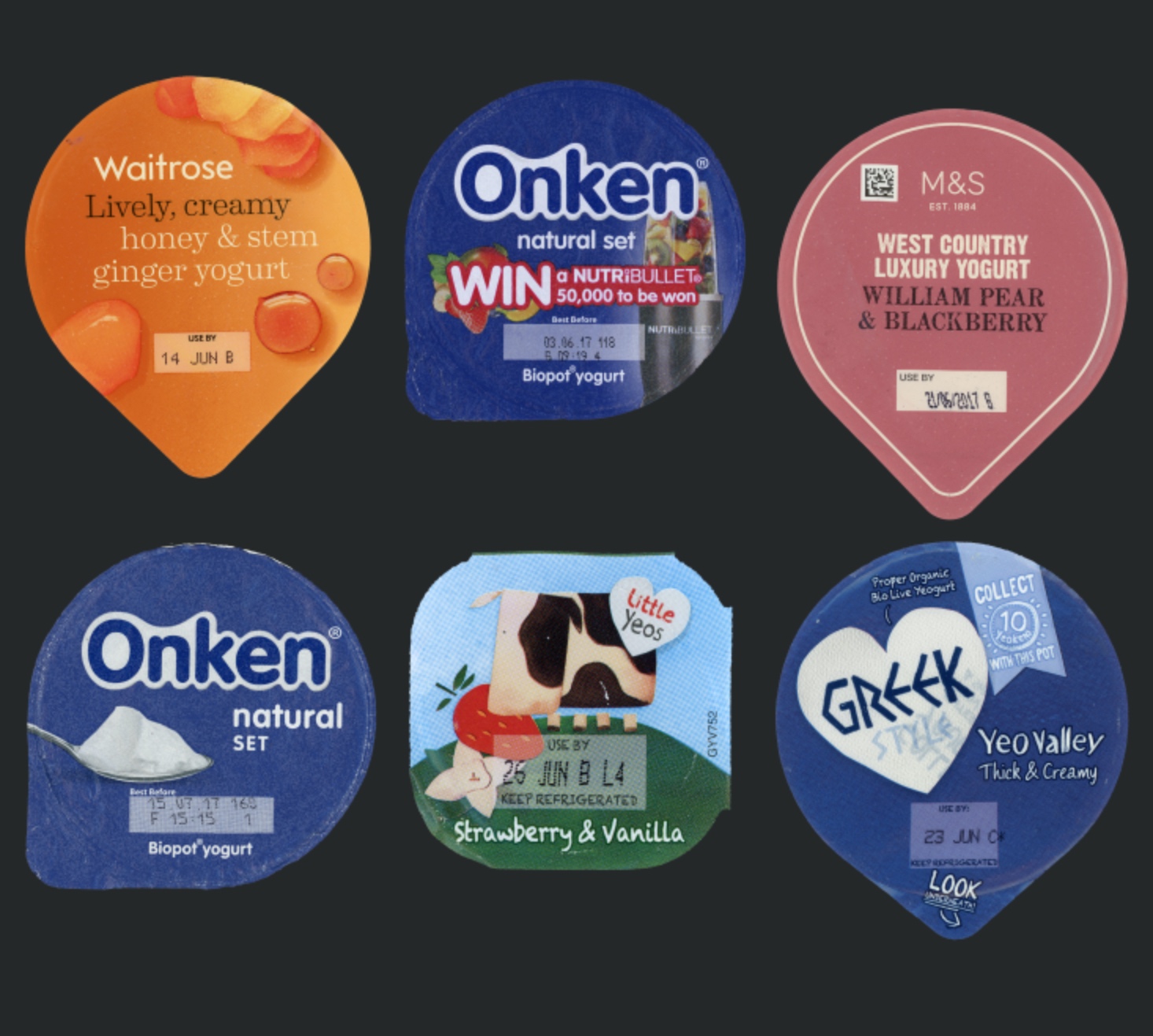
From yoghurt pots...
Did you know that our ephemera collections include an assortment of yoghurt pot lids? Lids have often been used for promotional purposes, from the small circular cardboard milk-bottle tops of the middle of the last century to the yoghurt pots of today.
You can see more items from the Lettering, Printing and Graphic Design Collections here.
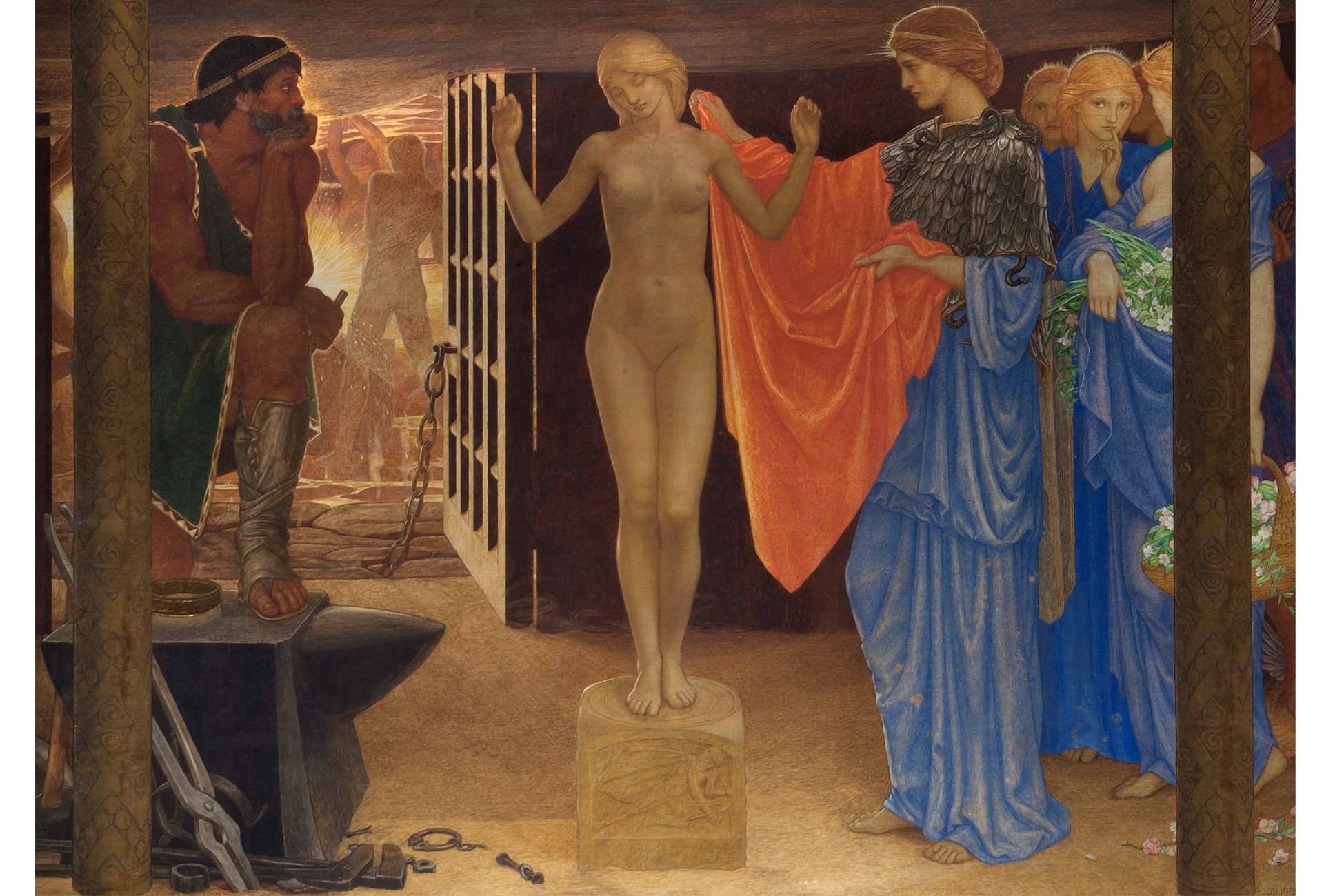
...to Pandora's box
Did you know John Dickson Batten’s 1913 painting ‘Pandora’ was painted using colours mixed with egg? This medium, called egg tempera, was used by nearly every painter to create panel paintings until 1500 when oils became popular. It didn’t come back into use until the 20th century. You can find out more about our art collections on our website.
You can find out more about our art collections on our website.
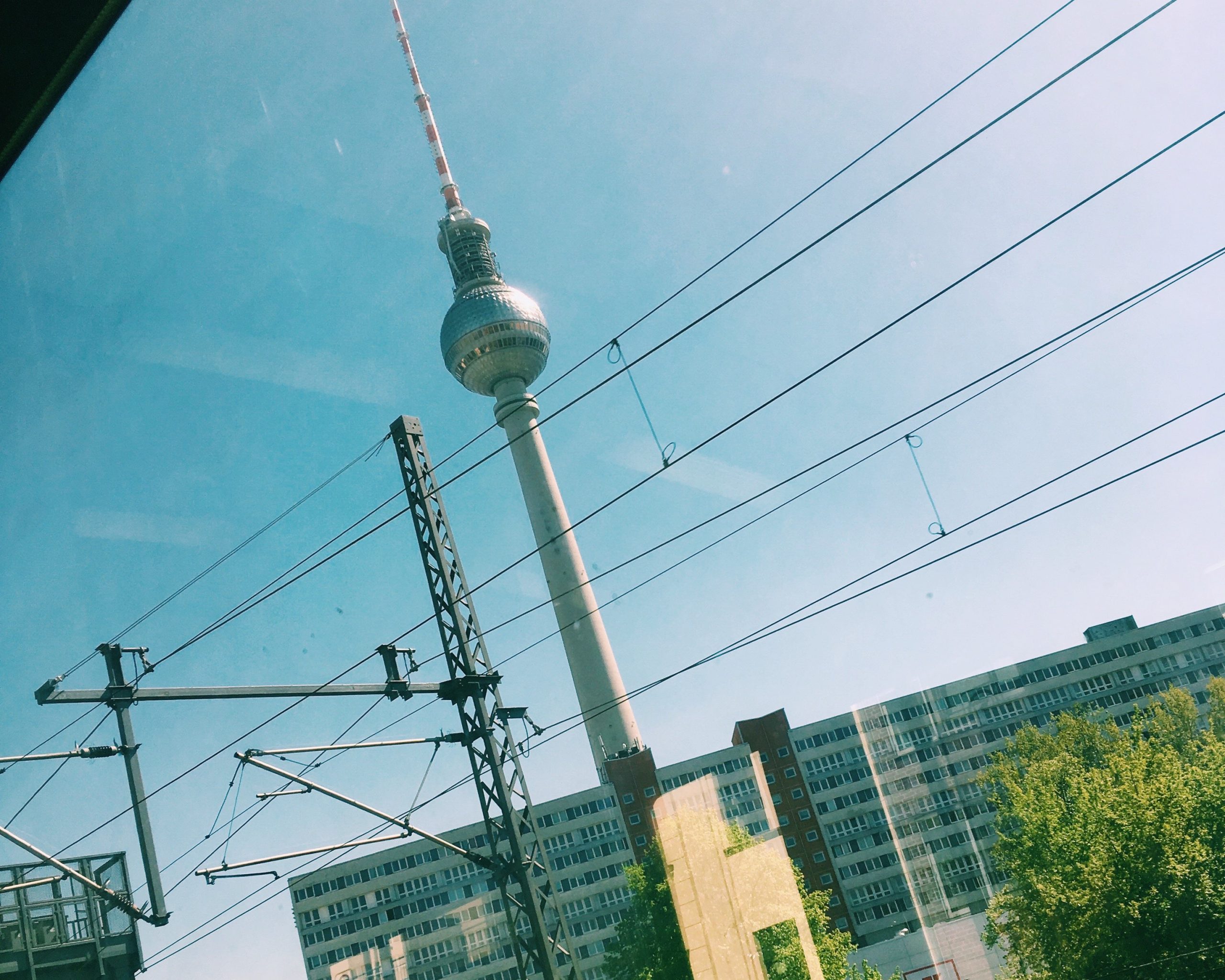
From East German business...
Did you know that the East German Studies collections contain over 6,000 journals, pamphlets, books, dossiers and films?
Established in 1994, the collection’s strengths are in material relating to the unofficial peace movement, school textbooks and the Churches.
Find out more about the East German Studies Archive.
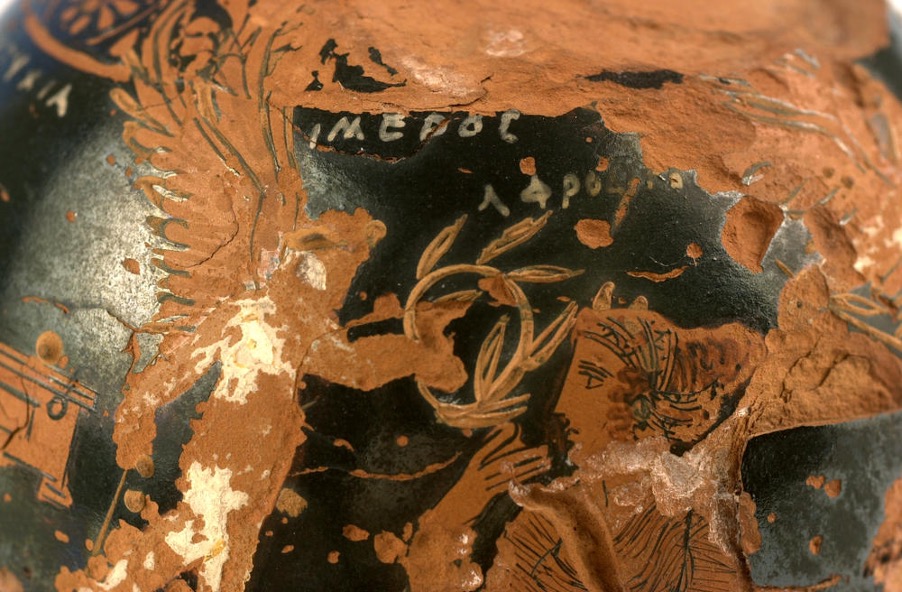
...to Eros’s brother
Did you know that Eros, the winged god of Love, had a brother called Himeros, meaning ‘Desire’? Shown with Aphrodite and her helpers, he is visible on an Athenian red-figure squat lekythos (oil jar), from circa 420 BC.
Find out more about the collections at The Ure Museum of Greek Archaeology.